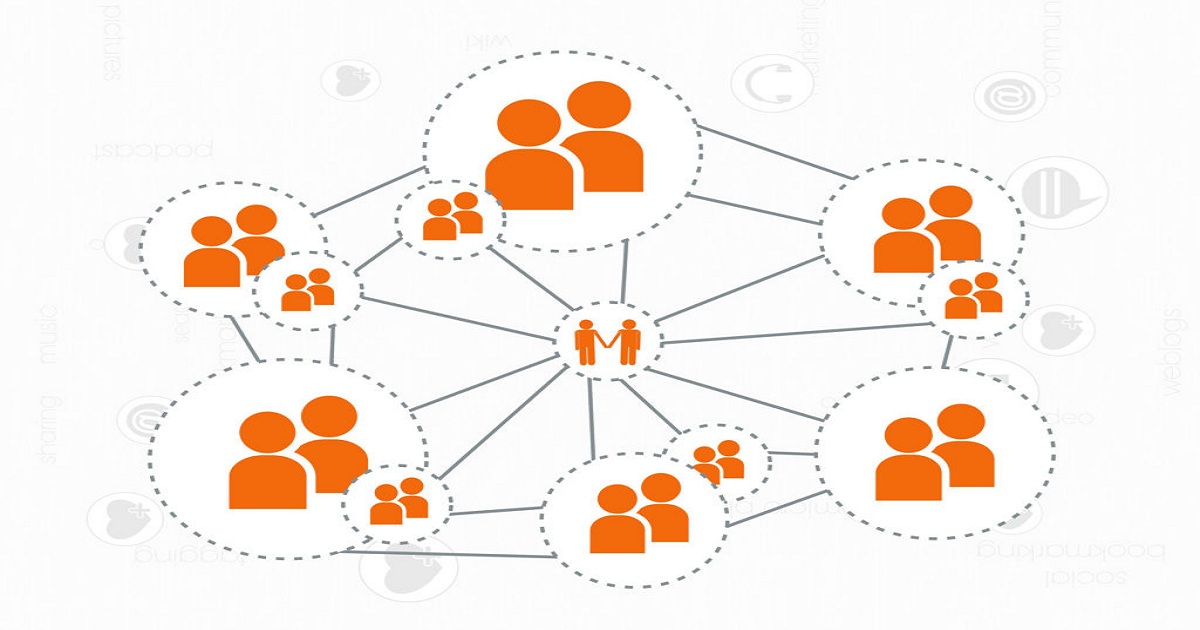
Government Business
Article | March 11, 2022
COVID-19 placed enormous demands on government services—demands that are not likely to go away. Moreover, the private sector now looks to government to facilitate the data transparency, digital processes, and data security needed to fuel recovery. Governments now understand those old ways of doing business no longer work. They need to become agile and flexible to meet today’s needs. Some were moved in that direction by the unexpected demands of the pandemic. For others, COVID-19 simply accelerated their digital transformation journey that was already underway.
Read More

Cybersecurity
Article | March 23, 2022
The average smartphone user should be fully informed about 5G, or have seen dozens of commercials promoting the service. Telecom companies are aggressively pushing it, with some even offering 5G routers and access points for home.
While the federal government has always been interested in 5G and is testing it at several military bases, the technology's consumerization means that agencies must work faster to integrate it into their own networks. Citizens who have grown accustomed to lightning-fast connections on their home internet and phones will expect the same when contacting the government.
For the past few years, the development of government 5G has been slow. The Trump administration sanctioned Huawei, the leading supplier of 5G wireless network infrastructure at the time, in 2019 because its ties to the Chinese government posed a national security risk. For a time, this limited the availability of 5G network technology in the United States until telecoms were able to switch to non-Chinese company vendors.
The 5G Market is Starting to Open Up to Federal Customers:
Other challenges for federal 5G include the potential for signals to disrupt safety equipment aboard commercial aircraft (Verizon and AT&T agreed in January not to turn on hundreds of transmission towers near airports), as well as ongoing supply chain and workforce shortage issues.
Agencies are also in the process of transitioning their telecommunications contracts to the GSA's Enterprise Infrastructure Solutions contract. All existing telecom contracts that are not already covered by EIS will expire in May 2023.
It's been a trying and perplexing time for 5G supporters. However, the 5G market is beginning to shift, which may allow federal agencies to move as quickly as consumers would like.
Changes to the 5G Network Will Increase Speed and Improve Workflow:
Agencies wishing to deploy 5G will require vendors capable of securing the endpoints that connect to the network, whether on the ground or in the air, as well as the connections between the agency and its telecom provider. As network usage grows, user authentication and identity management will become essential services.
5G will allow agencies to receive and transmit far more data at a much faster rate than ever before, but that data must be protected and secured. 5G may also replace existing network technologies such as WAN and multiprotocol label-switching, and agencies must prepare for this transition.
Read More

Article | May 27, 2021
Machine learning is a subset of artificial intelligence that can be found almost anywhere. Believe it or not, even coffee roasters are beginning to employ machine learning algorithms to better understand when coffee lovers will crave their next cup of joe. The ability to innovate is one of the most highly prized qualities in today’s tech-driven world, which has led to a stunning range of machine learning applications across multiple industries. Here are the top five real-world examples.
Read More

Government Business
Article | December 3, 2020
The Russian-Chinese strategic partnership (RCSP), indoctrinated in 1996, is Eurasia’s geopolitical anchor in the 21st century, shaping its evolution and entrance into the Multipolar World. No other political relationship between the two continents’ actors even comes close, with the RCSP’s only formidable rival being the US via its privileged military alliances with NATO, the Gulf Kingdoms, and Japan. In this century’s struggle for the supercontinent, the interplay between the RCSP and the US will come to define global politics. Western media has been a lot of noise is being raised up, and some have stressed the importance of the Washington consensus, while others believe that it is Moscow's dependence in Moscow.
The first is often trumpets Americans and prove the aggression of their government against Russia and China, while others are intended to promote the disinformation campaign to divide Russia and China from each other. The rare mention of the warning is raised up, and the United States to slow down its rules, which is the most responsible way for this development is the western voter. The purpose of this article is to provocatively state that being raised up are becoming a reality in the development and manifestation of a Washington nightmare, and which go beyond Eurasia, also from North Africa and Latin America. It strives to challenge the West's position, but to a direct transition to a multi-polar world, and this is the goal that both countries have expressed 1997 to show solidarity.
The United States is not willing to recognize the tectonic changes that have occurred in the world since then, and its stubbornness in expanding the unipolar moment of depression is the largest source of global destabilization. Despite the fact that patients have difficulty with fear and the disorder is raised up quieter, more defensive and more consistent than ever. Discovering links with Russian-Chinese politics in Eurasia and beyond, art proves that lifted up and developing, is actively working on what the world is multi-polarizing for us. AND PART: Structure Russian-Chinese talks in Beijing, May 2014 Before starting geopolitical details, RCSPE must determine its structural basis.
There are the role of Russia and China, the principles of their cooperation and institutional activities for the transformation of the international order. Russian balance and Chinese gate There are several roles segmented with which both partners communicate. Russia has a military and political balance in all of Eurasia, which represent an alternative (either the United States or China), the great powers, developing countries and interested organizations.
This shows that Russia is working closely with China to ensure that this balance in line with the strategic goals of both sides, sometimes the dynamics of "good policeman, bad cop." China this year moves to the largest economy in the United States and is the dominant economic force in developing countries. Deep and privileged relations in the development of commodity and agricultural commodity markets in Africa, Latin America and Pearl economically valuable for Russia, especially in the light of recent events. So that Russia can provide military and political balance in China in key regions of the world, you can restore economic opportunities and facilitate trade through the established Chinese elite connections and networks. Of course, the tandem of energy between Russia and China is far from perfect, and its strategic use of the whole world, but the general theory of this approach is "hand in hand": Russia is balancing the Chinese gate. More and more people moving from these two countries, such as the Middle East and Latin America see more clearly the multipolar objectives and close cooperation in these countries; Just as two Eurasian seeds are getting closer and closer, relationships are increasingly difficult to understand. Cooperation cradle The Shanghai Cooperation Organization (SCO) is at home, where he was born and grew up is raised. Founded in Shanghai in 1996. In 2001, with Uzbekistan, it was transformed into SCO. Since then he has started cooperation with Mongolia, India, Pakistan, Afghanistan and Iran, and has established a partnership with Sri Lanka, Turkey and Belarus. These countries are directly under the direct influence of the PRSP, where Russia and China could have a significant impact on a greater or lesser degree.
Read More